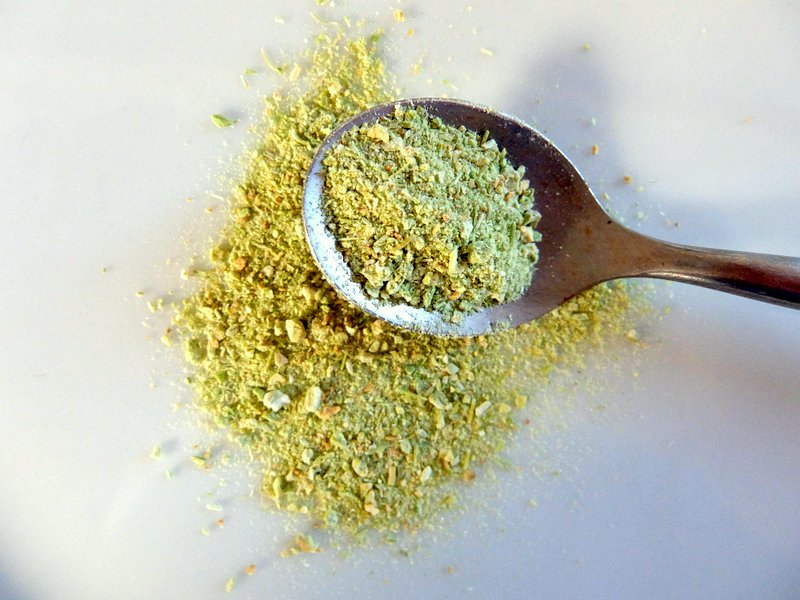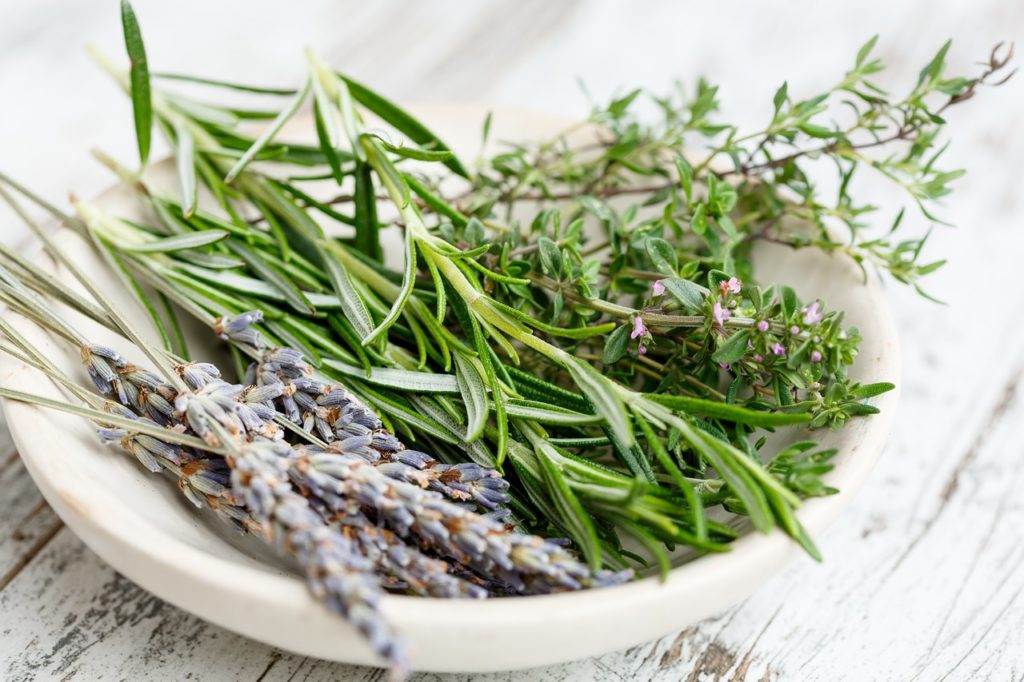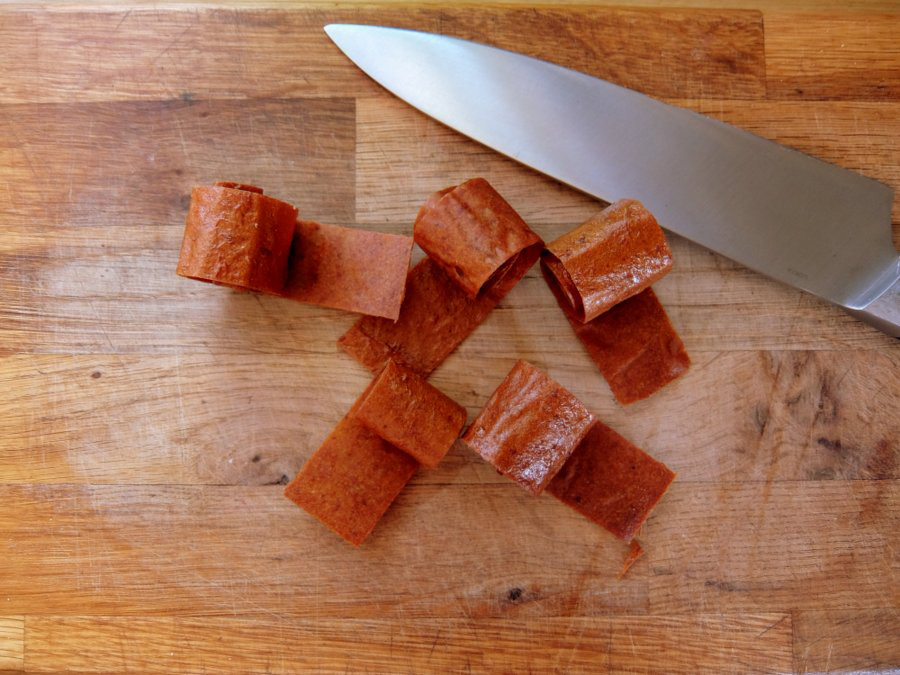Celery is a unique tasting vegetable and great for bolstering the flavour of soups, stews and risottos. I like to make a celery powder to make utilising the flavour of celery more unique.
One thing I found celery powder great for making dry rubs, in particular for beef jerky but also for fresh meat. This isn’t the only thing, however, I dust it on top of a bread dough before baking for a great tasting crust. The is plenty of uses for celery powder and it is a really intense flavour so it is well worth making, it will last months and months.
Table of Contents
Turning Celery Into Powder?
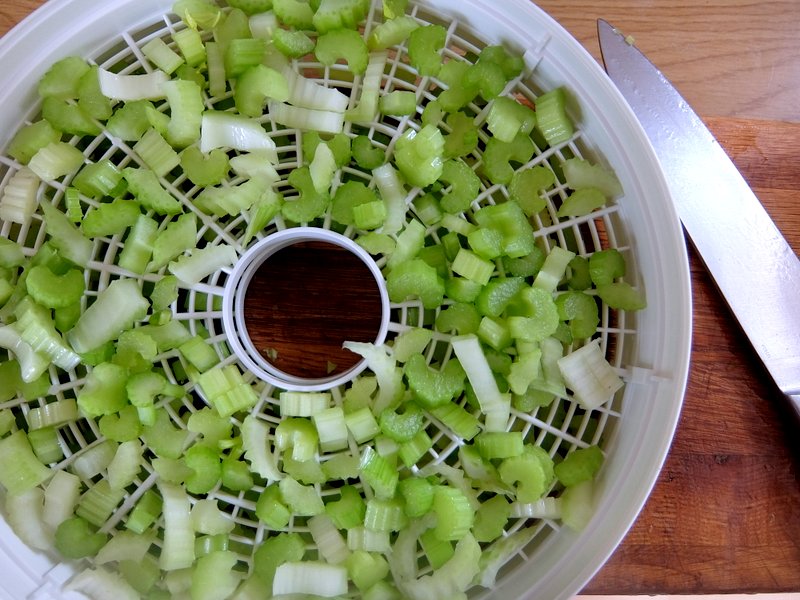
Turning any vegetable into a powder is a simple process of drying it. then grinding it.
I typically make this celery powder when there is celery on offer or sale and I can pick up 3 – 4 bunches for a bargain. You will be surprised at just how much celery shrinks when it is dried and how a seemingly huge amount of celery turns into just a few spoonfuls of powder.
A small amount of celery powder packs a punch so don’t be disheartened by the yield of making celery powder yourself, plus celery is relatively inexpensive and it is the only ingredient in this recipe.
Difference Between Celery Powder & Celery Salt?
The celery powder we are making here is not the same as celery salt. They are made from different parts of the celery plant.
The celery powder we are making is made from stems of celery that are dehydrated and ground up into a powder.
Celery salt is made from celery seeds that are ground and added to salt to make a flavoured salt.
Can You Use Celery Powder as a Substitute For Celery Salt?
Whilst both have celery flavours celery powder is different to celery salt in the fact that there is no salt in it.
You could blend your celery powder with salt after making it and it could be used as a stand-in for celery salt but the flavours are not exactly the same. The celery salt is made with celery seeds which have a unique flavour of their own.
Preparing Your Celery For Drying
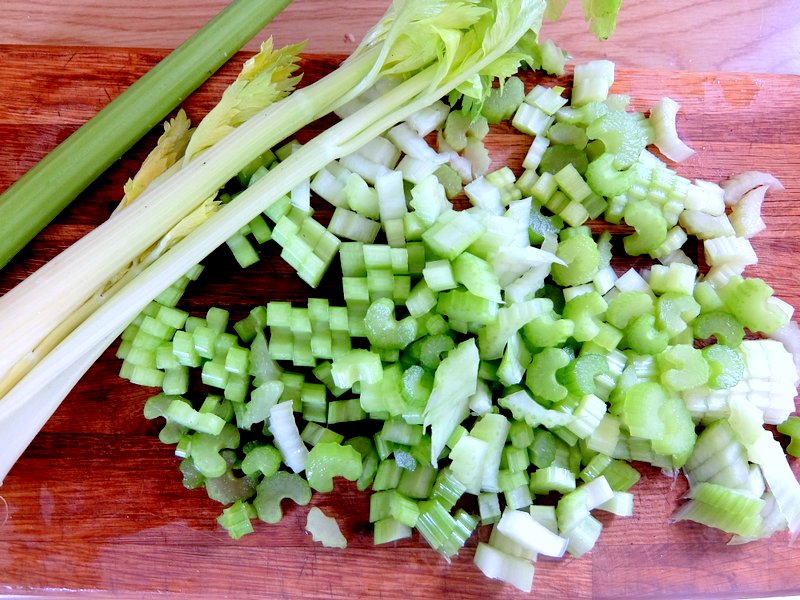
Celery will shrink a lot when drying so whether you are dehydrating in the oven or in a food dehydrator you need to cut the celery large enough that it won’t fall through the mesh or shelf you put it on. At the same time the smaller you cut it the quicker it will dehydrate.
I tend to cut the celery stalks a couple of centimetres in length. This is long enough that they won’t fall through the dehydrator shelf. If you have fruit roll-up sheets then this won’t be a problem.
It goes without saying that you should only be making celery powder from the freshest celery you can find.
Ensure you give the stalks a good clean before drying as any dirt trapped between the stalks will find their way into your food and make it gritty.
Dehydrating Celery To Make Celery Powder
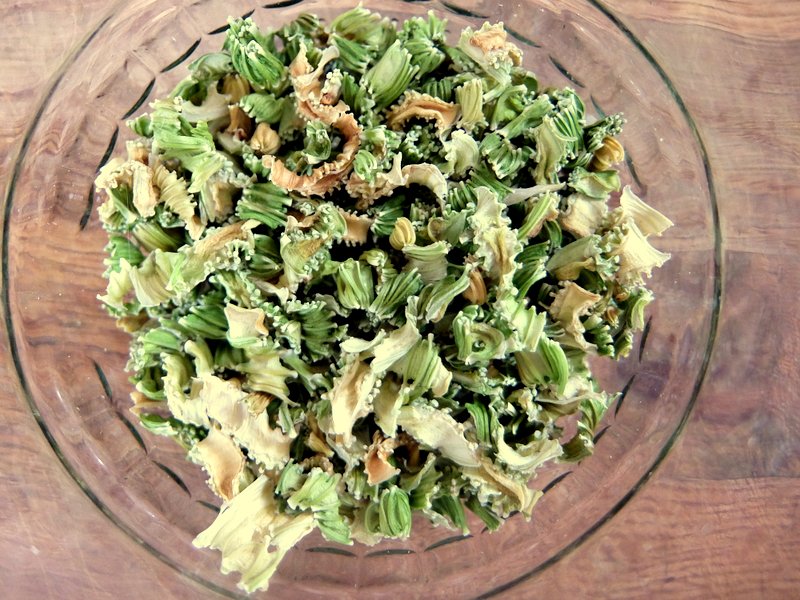
Cut the celery into smallish pieces and arrange on fine mesh racks in a single layer.
If drying in the oven, set the oven to the lowest temperature. Arrange the racks of celery in the oven and leave the door slightly ajar to allow air to circulate.
If using a dehydrator arrange the racks and assemble the dehydrator according to the instructions.
Allow drying for 6 – 8 hours if using a dehydrator. It may take slightly longer in the oven.
Once fully dried the celery will be considerably smaller and quite hard and crispy. Allow cooling to room temperature uncovered.
In a blender or a spice grinder grind the completely dry celery to a fine powder. The celery powder is now ready to use.
Store the celery powder in an airtight container in a cool place and it will last month and months just like any other dried herb or spice.
Celery Powder Uses
Celery powder is quite aromatic and adds a punch of flavour to many dishes. I find it particularly useful as a dry rub for meat and making jerky but you could try any of the following:
- Flavouring stocks and stews.
- Adding to brines for fermented vegetables.
- Dry rubs for meat and fish.
- Adding to bread dough.
- Adding to refrigerator pickles.
- Adding a pinch to a Bloody Mary cocktail.
